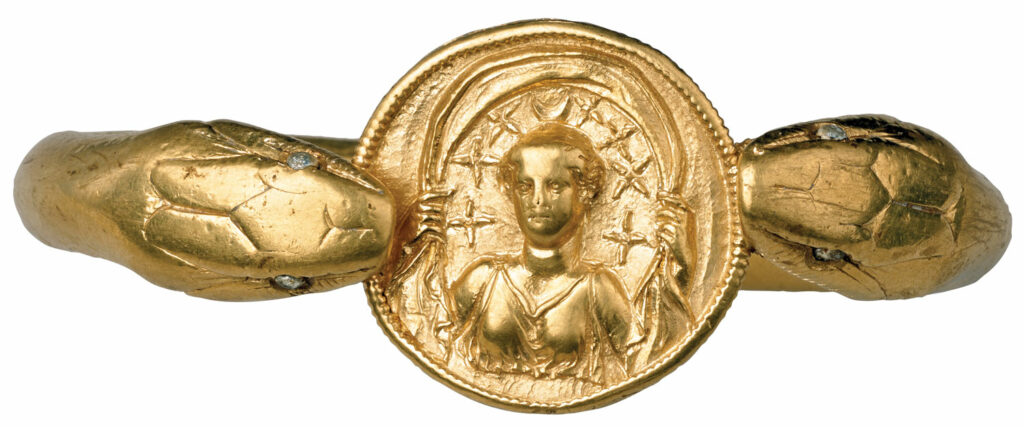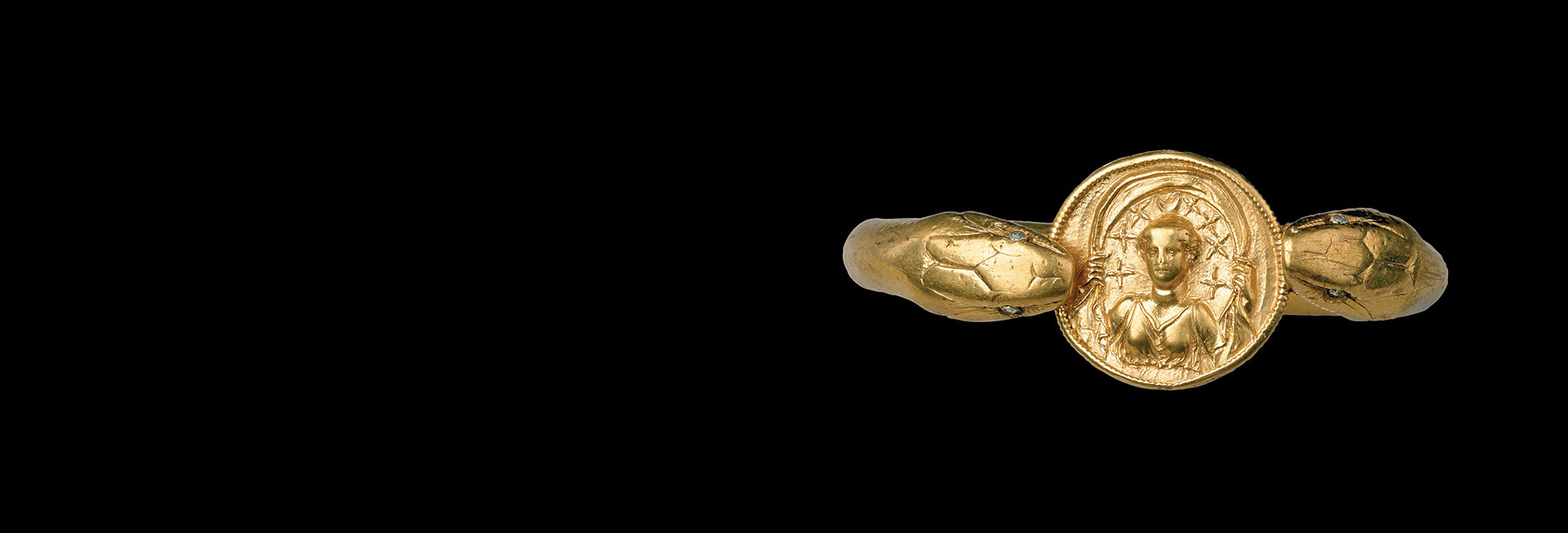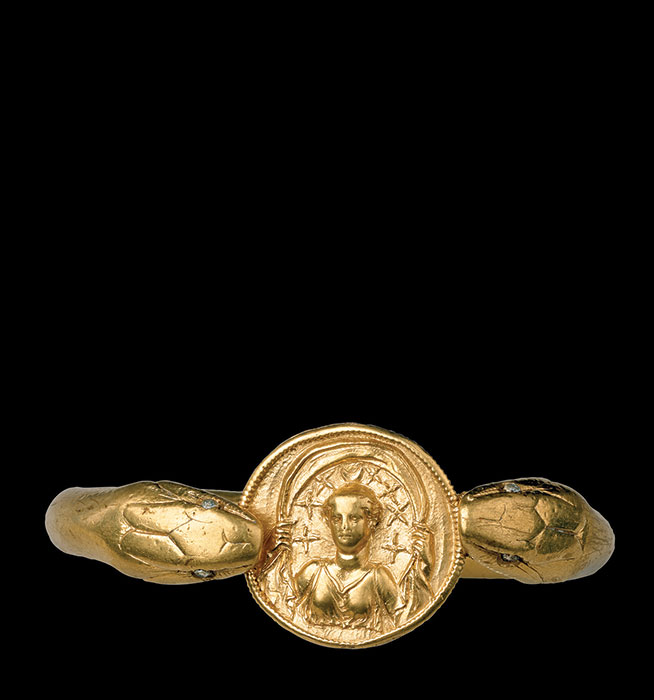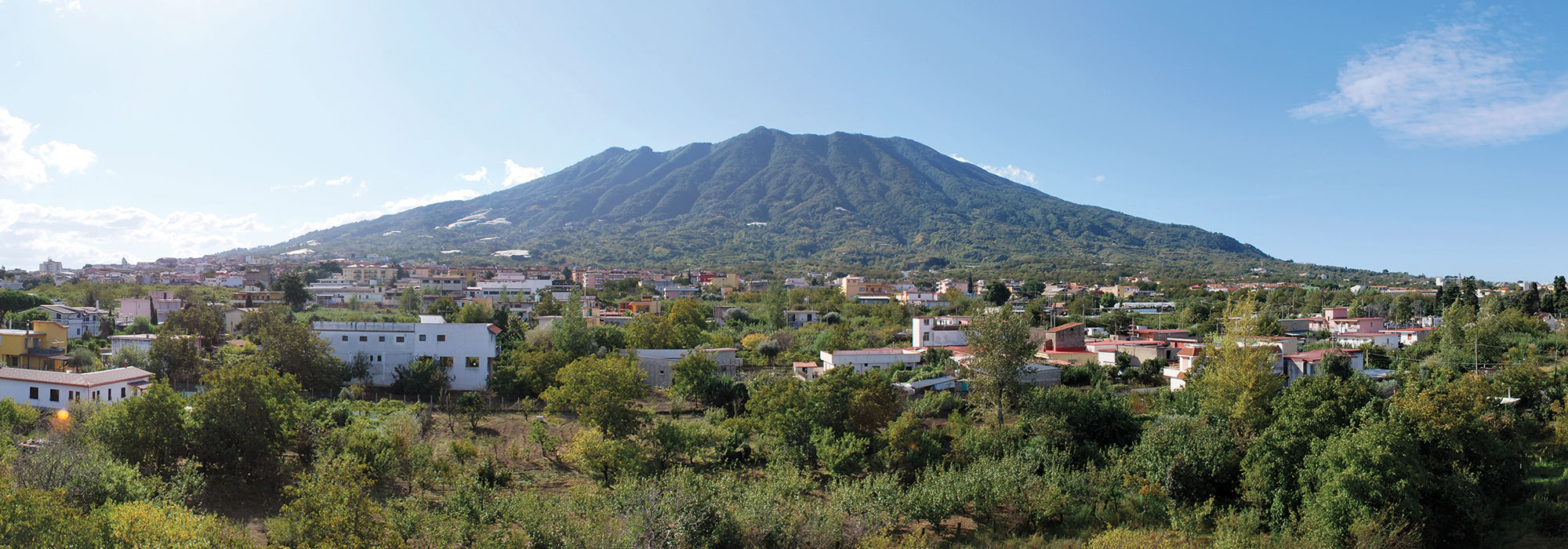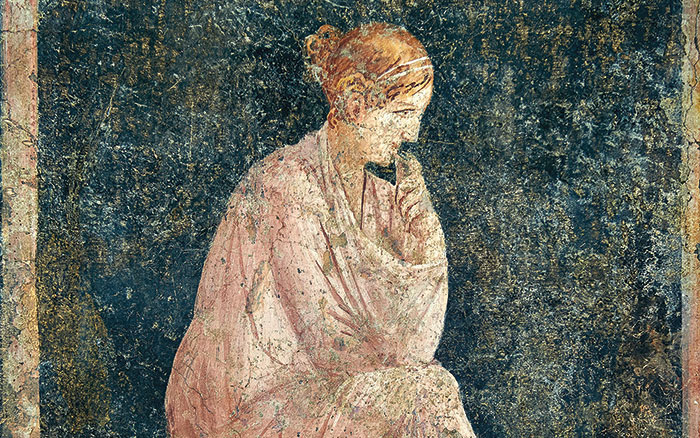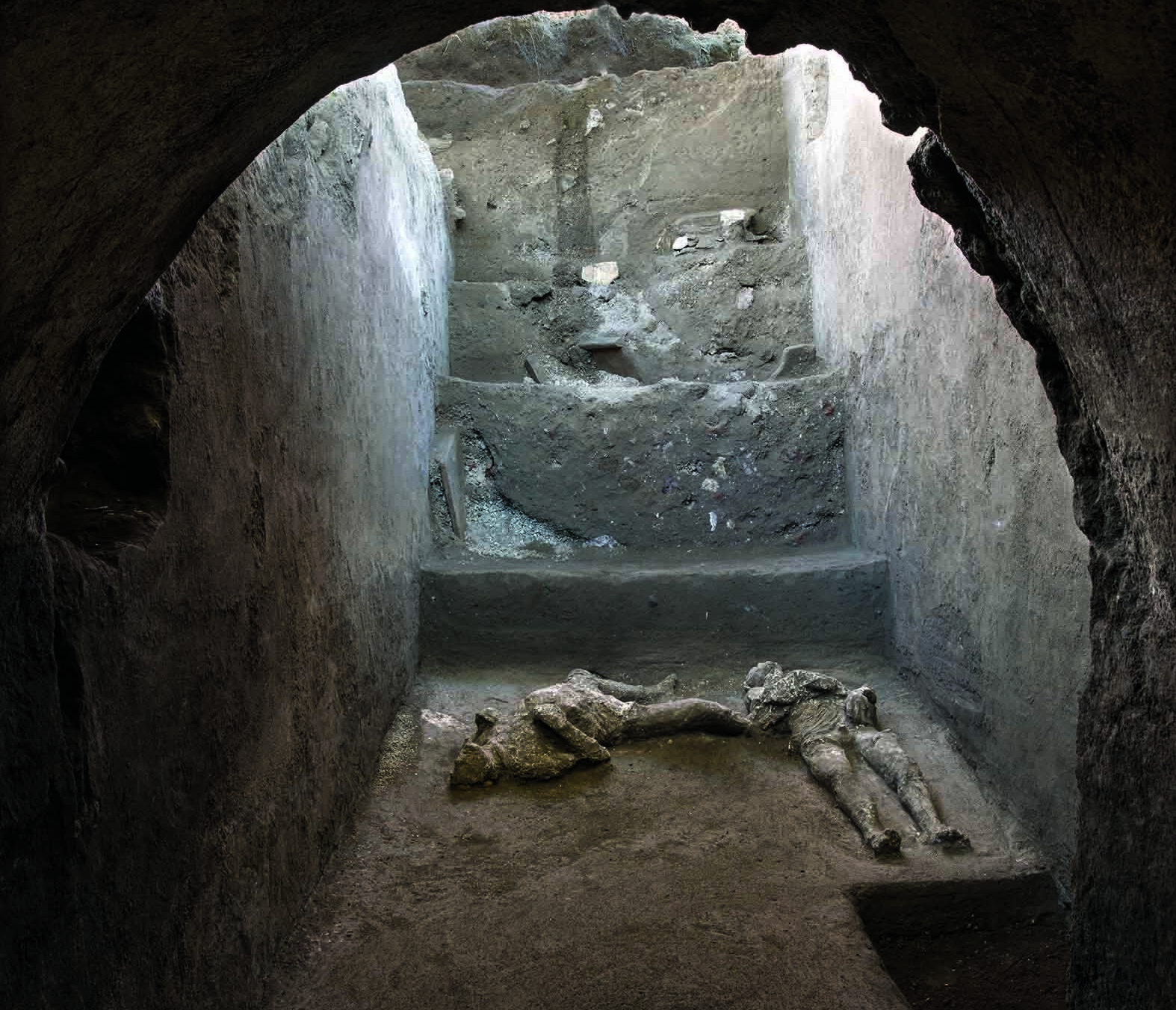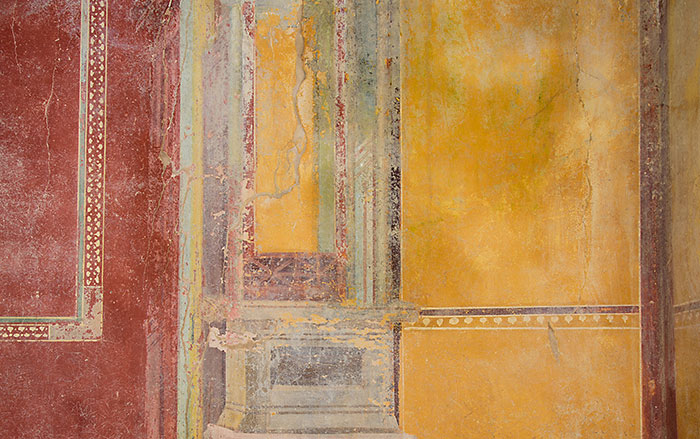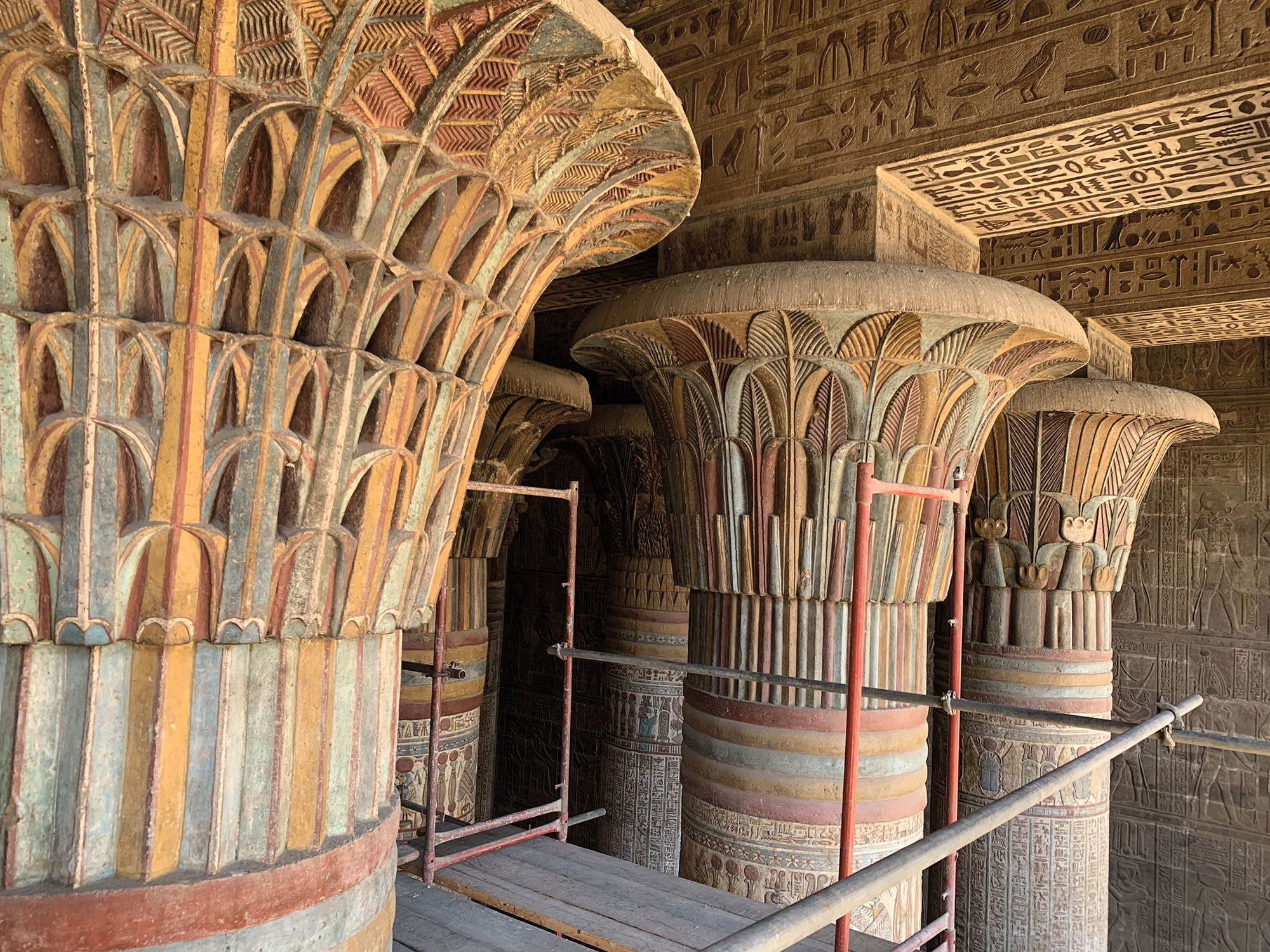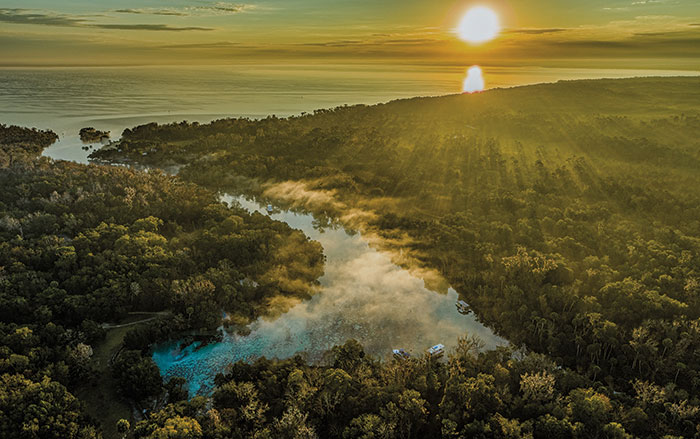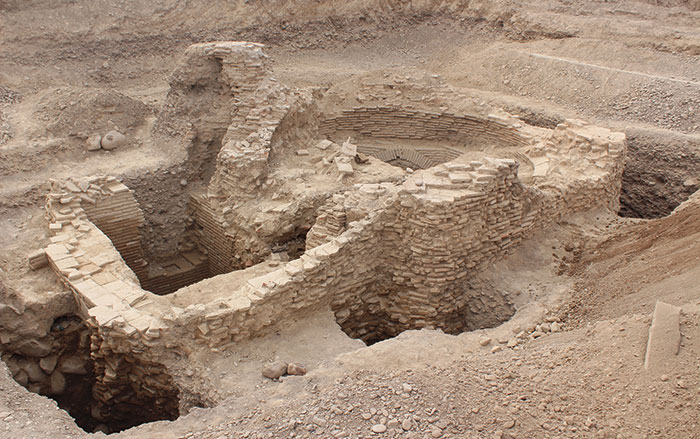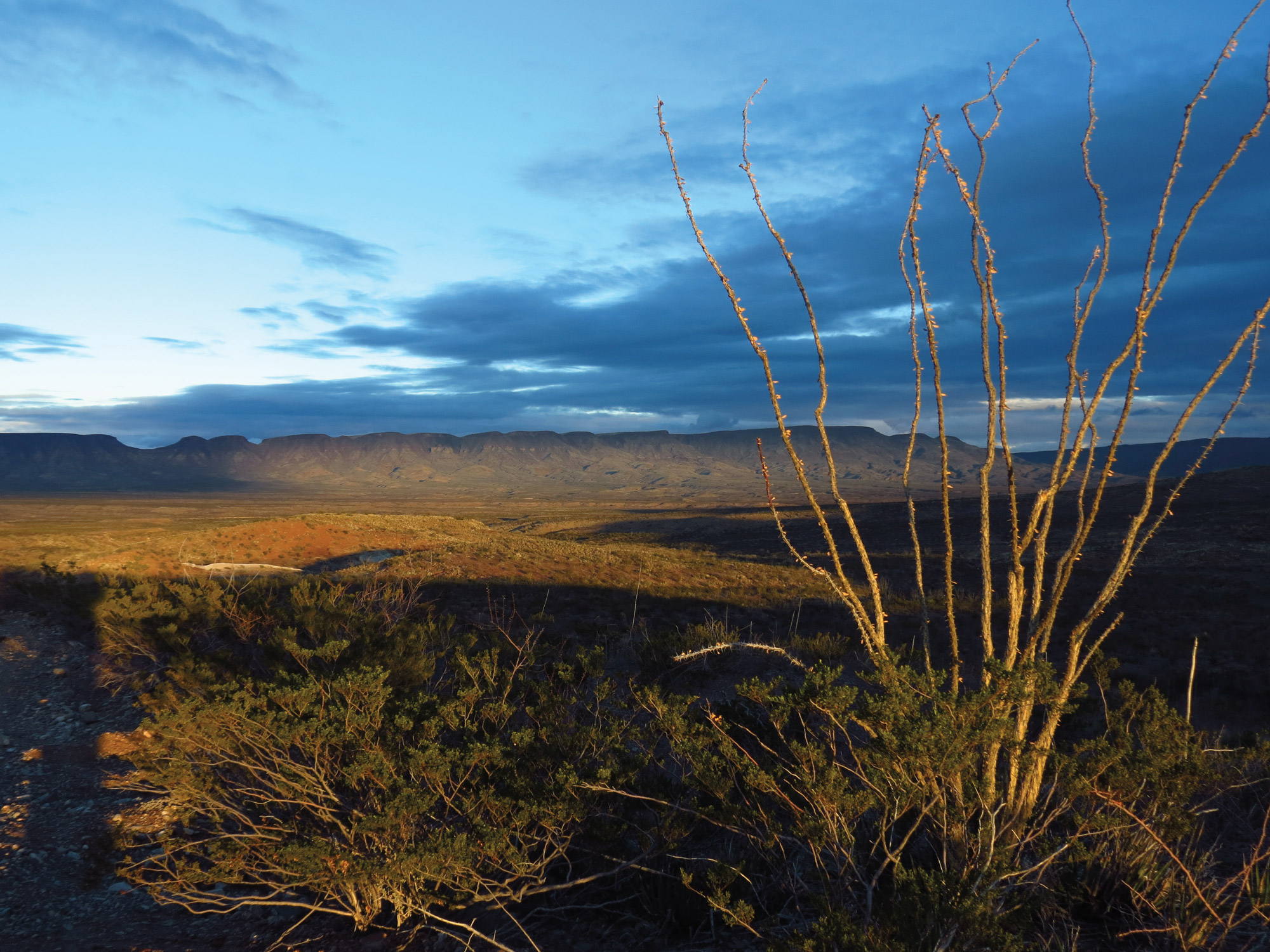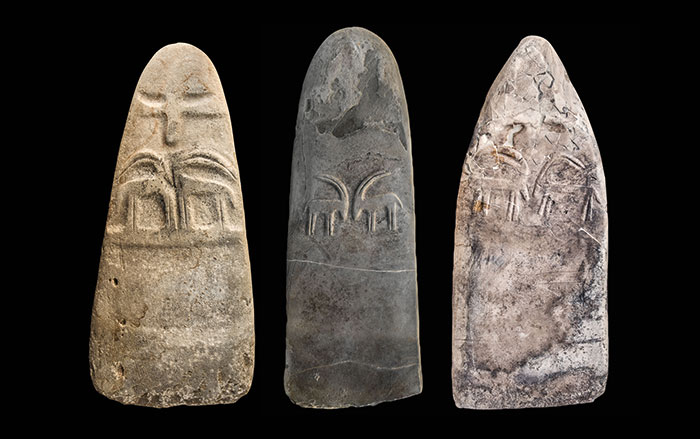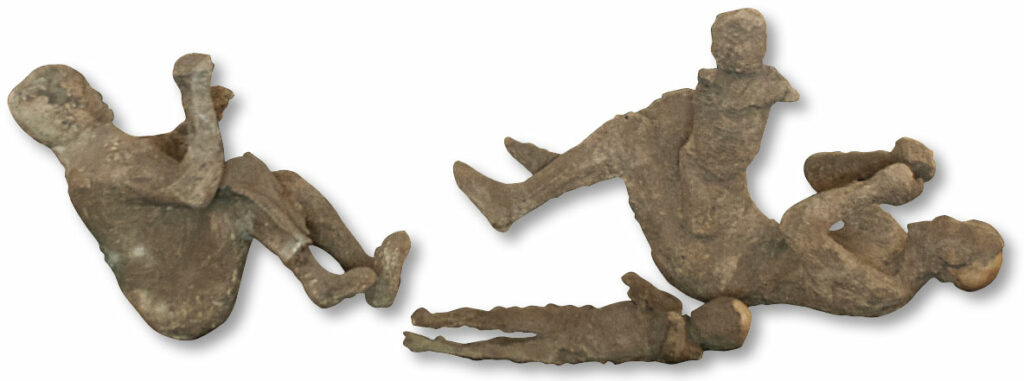
When the a.d. 79 eruption of Mount Vesuvius blanketed the southern Italian city of Pompeii in layers of volcanic debris, it preserved the bodies of many individuals who had perished. Since archaeologists began excavating these remains in the mid-eighteenth century, they have speculated about who these deceased Pompeians were and how they were related. A team of scholars has now extracted DNA from skeletal remains in plaster casts of 14 individuals, revealing that many long-held assumptions about those who died may be incorrect.
In 1974, four bodies were discovered very close to one another at the foot of a staircase in the House of the Golden Bracelet. (See “Family History.”) Scholars assumed that this group consisted of members of a single family: two adults and two children. One of the adults, who was wearing a golden bracelet, had one of the children perched on her hip and was presumably the child’s mother. The new research has established, however, that all four individuals were, in fact, male, and that none were related.
The researchers also confirmed that Pompeii’s population at the time of the eruption was surprisingly diverse. All the individuals studied had genomes that differed greatly from both ancient and modern Italians. Instead, they were similar to populations in Anatolia, the Levant, and North Africa. It is now believed that many first-century a.d. Pompeians were of eastern Mediterranean descent and had recently arrived, highlighting the city’s cosmopolitan makeup.
